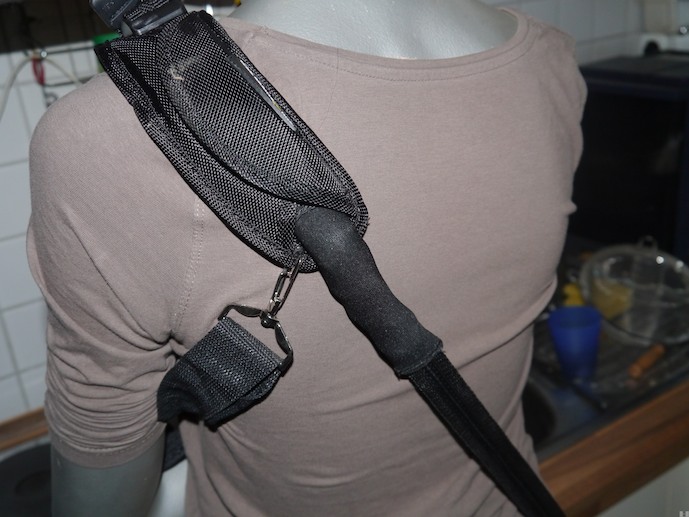Step Into The World of Pro Photography With Your First DSLR
Today we have a submission post. Ian Pearson is a business consultant, nature and photography enthusiast.
Step Into The World of Pro Photography With Your First DSLR
Assuming you’ve been using your trusty point and shoot for quite some time, you’ve probably started to feel a bit limited by its capabilities. You want to take your photography to a new level and you’ve decided it’s time to invest in a DSLR camera. However, DSLRs are tricky things and trying to sort through all the different features and functions might prove itself to be a bigger bite to swallow that you’d imagine and this is especially true for beginners and first-time users. That’s why we’ve prepared a list of 5 essentials you should go over before you start taking those perfect shots each and every time.
1. What is a DSLR camera?
Digital single-lens reflex, or DSLR for short, describes the types of cameras that use a series of mirrors and prisms allow you to see exactly what the camera sees when you look through the viewfinder. With DSLRs, you are literally looking through the lens, whereas the viewfinders you normally find on a most point and shoots only give you a representation of what the lens sees. Although an average point and shoot does have an LCD screen, they are not as practical to use in bright sunlight or at the beach. DSLRs also have interchangeable lenses and larger sensors, allowing for better quality pictures with little noise.
2. Megapixels
People seem to be obsessed with megapixels these days. Little do they know that megapixels reflect the size of the picture taken, not the quality. Not only that but having too many megapixels can actually be a nuisance unless you have a lot of memory and a computer with a fast processor. Furthermore, the high megapixel count can actually have a negative effect on high ISO performance in lower-end cameras. Granted, megapixels are important, but that’s isn’t really the main specification you should base your purchase on.
3. ISO performance
ISO represents the camera’s sensitivity to light. The higher the ISO capabilities, the easier it’ll be to take good photos in situations with low light. However, if you’re a type of person that prefers the sunny weather and outdoor photography, then you shouldn’t worry yourself with the ISO specifications. Most DSLRs these days have an ISO capability that ranges from 100 to 1600. The lower number is used in situations where there’s a lot of light, and the higher number is used for low light situations.
4. Lenses
Lenses come in all shapes and sizes. Those with a limited budget should consider sticking to the kit lens which comes with the camera. On the other hand, if your budget allows it, then getting a dedicated lens for your DSLR might not be a bad idea. It’s best you start with a wide to normal zoom lens, which has an 18-55mm range. They are excellent for shooting both portraits and landscapes. Those interested wildlife and sports photography should invest in a telephoto lens which has 70-200mm range. This makes it ideal for zooming into subjects and for shooting portrait close-ups.
5. Equipment
Some of the most iconic shots made by professional photographer wouldn’t have been possible without the use of various camera gear. Tripods are used for stabilization and allow for great action shots. Flashes are excellent for low-light situations. However, make sure to avoid using them indoors, as they tend to wash out the faces. Neutral density or ND filters for short are great for landscape photography, due to their ability to block excess light from getting into the camera and messing with the shot. And try to invest in a pair of good camera straps, you don’t want to accidentally drop and break your new DSLR.

Having a good DSLR won’t make you into a photography expert. It is only a part of the equation for making good photos and you need to learn everything about your camera in order to make the most out of any saturation. Play around with different settings, try investing into a decent lens and whatever you do, just keep shooting. There’s no better way to learn how to use your new camera than through firsthand experience and a lot of trial and error.

